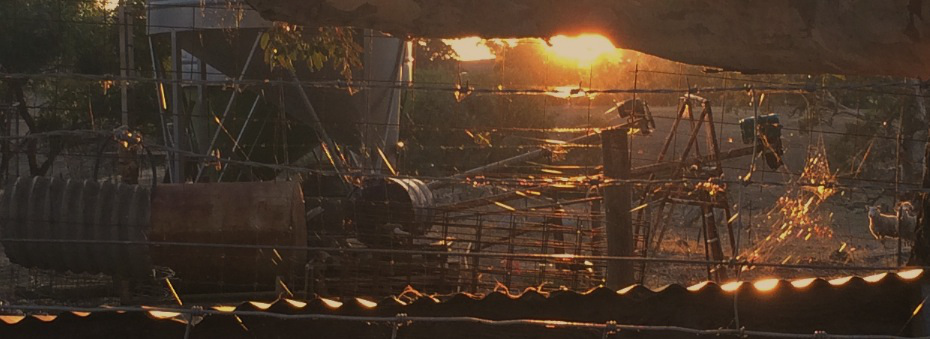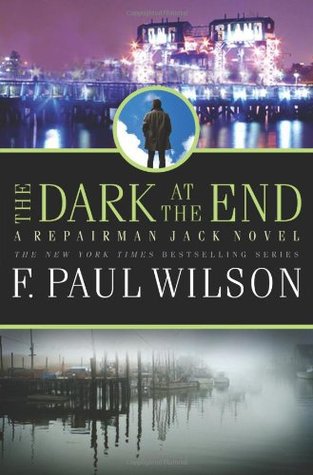Download links for: Stealing the Mystic Lamb: The True Story of the World's Most Coveted Masterpiece


Reviews (see all)
Write review
Gives you a whole new appreciation of the famous works arts hanging in galleries all over the world.
It's pretty dry, but I knew almost nothing of the Mystic Lamb so I learned a lot.
I liked the book because I love art and I was able to see the altarpiece in 2001.
A fascinating tale, but slow in parts.
Way too slow
Other books by History & Biography
Related articles












